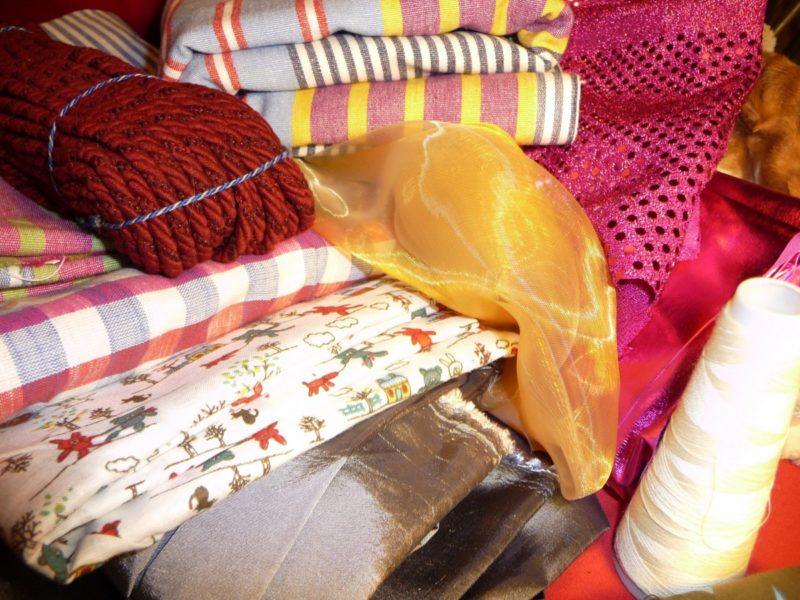Do you want to learn how to make curtains in Maya?
Maya is a computer graphics application that you can use to create and design materials such as curtains and many more.
It will be easier for you to create curtains since it does not need manual labor.
With Maya, you can create, design, and style your curtain to whatever extent you like.
Do you want to explore Maya and create your curtain designs?
Scroll down!
Steps To Make Curtains In Maya
Have you ever thought of other ways to obtain a curtain aside from buying it in stores, online, or manually making your own?
Well, let me introduce you to Maya.
Maya is computer software that will help you generate your curtain designs with materials no other than your laptop/computer and mouse.
It is an animation program making your imagination come out to the life through three-dimensional and full-motion effects.
So, if you want to create videos or real-looking objects, you might want to try this fantastic program.
You can watch on YouTube how you can make curtains or maybe how you use Maya.
But if you learn through reading, then this article is for you.
So, how to make curtains in Maya?
Nevertheless, let’s jump straight to the steps of making curtains in Maya.
Step #1. Create a poly plane
To create a poly plane, set its subdivisions to 30 for the width and 10 for the height. Then, rotate your plane by 90 degrees in X.
After selecting your plane and activating the modeling menu, click “Deform > Nonlinear > Sine.”
When you are done with that, go to sineHandle located in the outliner and then click on the sine1 input node found in the channel box.
You should be able to enter the values as follows:
Envelope: 1
Amplitude: 0.1
Wavelength: 0.2
Step #2. Update the rotate XYZ values
Go to sineHandle and input the values 0, 90, 90 for rotate X, rotate Y, and rotate Z, respectively.
Click on the sine deformer and put it together with the plane to move with the deformer.
To do that, haul the plane in the outliner to the deformer.
In editing the visuals, go to FX, and then click the ‘nCloth’ button followed by ‘Create nCloth’ found in the panel plane.
For this, you should create a new plane.
Once you have your plane, set the subdivisions to 1 for both the height and the width.
Switch to the wireframe to get a perfect view of the plane.
Then, shift to the “view of the top,” resize the new plane to the curtain size, and shift again to the side view to move the new plane to the top of the curtain.
Step #4. Duplicate the new plane
Now that you have your new plane, all you have to do now is to duplicate it.
Once you do that, rotate the plane by 90 degrees along the x-axis.
Afterward, select the central vertices of the original plane and one of the new planes created.
Then, open the FX menu set and click on the ‘nConstraint’ and ‘Slide on Surface’ buttons.
Click on the ‘dynamicConstraint’ node that can be seen in the outliner, and expand the ‘dynamicConstraintShape’ node found in the channel box.
Modify the values of the formatted plane to 40 for the strength and tangent strength, and turn the local collide off.
Step #5. Repeat the nConstraint steps
Follow the steps made in creating the other plane and the 90-degree rotation.
The dynamicConstraint2 node that is created should also have the same values.
Select from the curtain the top-left point, and press on ‘nConstraint’ > ‘Transform Constraint’ to stop the curtain from flying away from the rail.
In enabling the curtain to slide, click on a couple of points from the curtain’s right side and apply another transform constraint.
Step #6. Test the animation
Now that you are finally done creating your curtain, all there’s left to do now is to test it!
In the outliner, select the ‘dynamicConstraint4’ button. See to it that the time slider is set to Frame 1 so that you can move it to Frame 50 after.
Move the constraint along the x-axis using the handle found in the viewport on the dynamicConstraint4 node.
Again, in the channel box, click right on the Translate X channel, and select ‘Key Selected.’
With that, rewind the time slider to “Frame 1” and press play!
The curtain slide will now open.
I hope you can now make your curtains in Maya.
Nevertheless, that is all.
It’s A Wrap!
Now, you already know how to make curtains in Maya.
It’s not as hard as it seems. It’s just like building blocks.
Only the difference is you’re making one on a computer.
Just familiarize yourself with the controls and terms used, and you are ready to try it out!
Exploring new things may be difficult, but once you got the hang of it, it will be easy and fun.
I hope you enjoyed navigating through Maya.
You may start making your things now!

